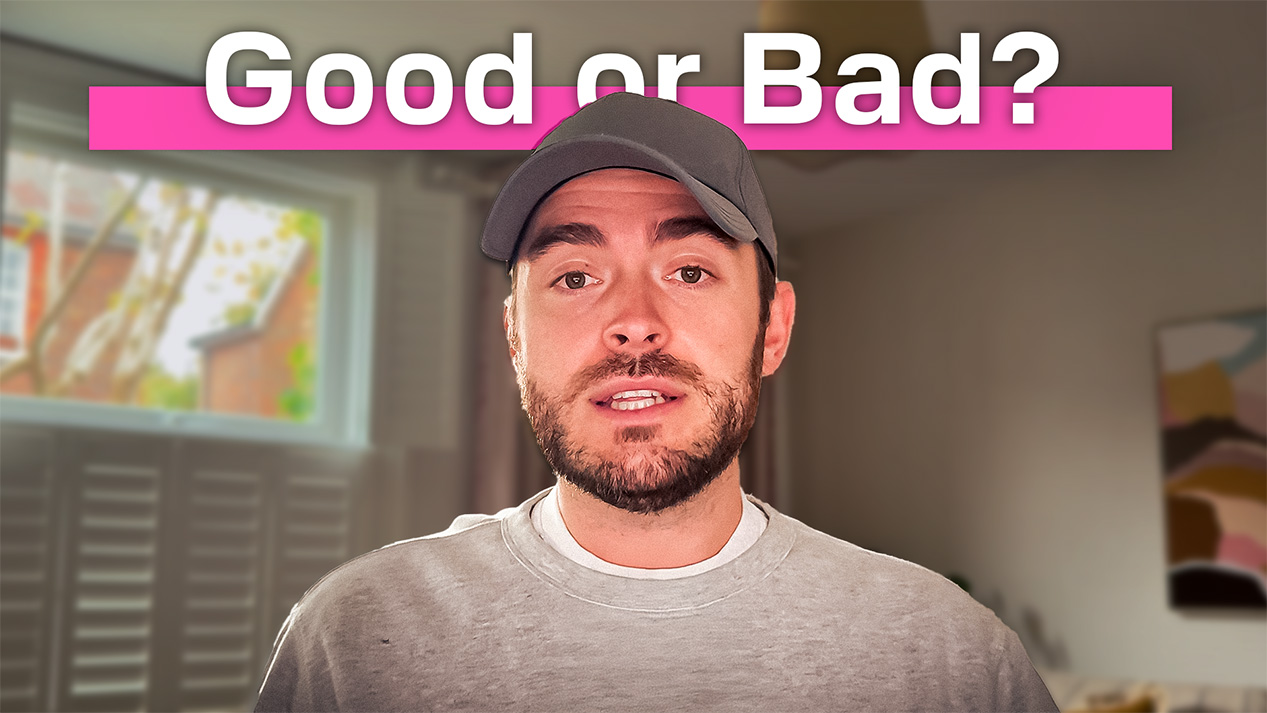
Swift hasn’t launched its own cryptocurrency. Instead, it brought in 30 major banks and financial institutions to test a shared blockchain ledger for instant payments between banks.
The promise? Near-zero fees, real-time settlement, and a system that fixes the slow, expensive problem of today’s cross-border transfers.
But here’s the key: Swift is not talking about XRP. Instead, the assets they plan to use fall under what they call “regulated tokenized value”—things like stablecoins and central bank digital currencies (CBDCs).
As retail investors, we crave volatility—our goal is to buy low, watch assets rise, and take profit. Banks, on the other hand, value stability and predictability above all else.
When a bank sends $1 million overseas, it doesn’t want reconciliation headaches if the receiving end is $999,995 after fees. Even small discrepancies require extra processes that slow things down.
Stablecoins avoid this problem. They deliver exactly $1 million on both ends, pegged to the dollar or another trusted fiat currency. That’s why Ripple itself has shifted focus—releasing its own stablecoin and mentioning XRP less often in institutional products like RippleNet.
Despite all this, many in the XRP community see Swift’s move as validation, not competition. After all, Ripple already has partnerships with several of the same banks now working with Swift. If Ripple’s technology gets integrated—even indirectly—into this new system, XRP could still play a role.
Some also believe Swift’s emphasis on interoperability between blockchains leaves room for the XRP Ledger as a neutral bridge.
The truth is, Swift’s announcement was laser-focused on stablecoins and CBDCs—not XRP. That suggests XRP is unlikely to become the single global settlement asset many once imagined.
Instead, XRP’s role may be smaller and more specialized:
This doesn’t eliminate XRP’s utility—it just reshapes it.
The ceiling for XRP may be lower than some of the “moonshot” predictions, since large corridors look set to be dominated by stablecoins. But the floor could actually rise, as XRP carves out a clear role in bridging assets and serving niche corridors.
In other words: XRP isn’t dead. It just may not be the single global asset many hoped for.
Swift’s blockchain pivot is a turning point in global finance. It confirms that tokenized value—especially stablecoins and CBDCs—will dominate the rails of cross-border payments.
For XRP, the opportunity lies in adapting to this new reality: becoming the connective tissue between stablecoins and serving use cases banks can’t solve with fiat-pegged tokens alone.
The world is moving toward stable value. But there’s still room for XRP to play a meaningful, if narrower, role.


